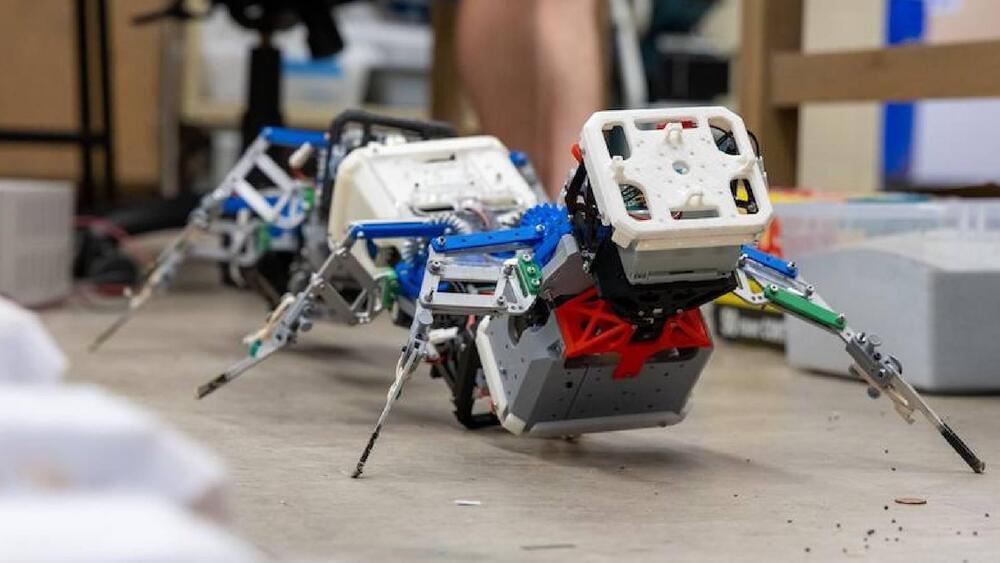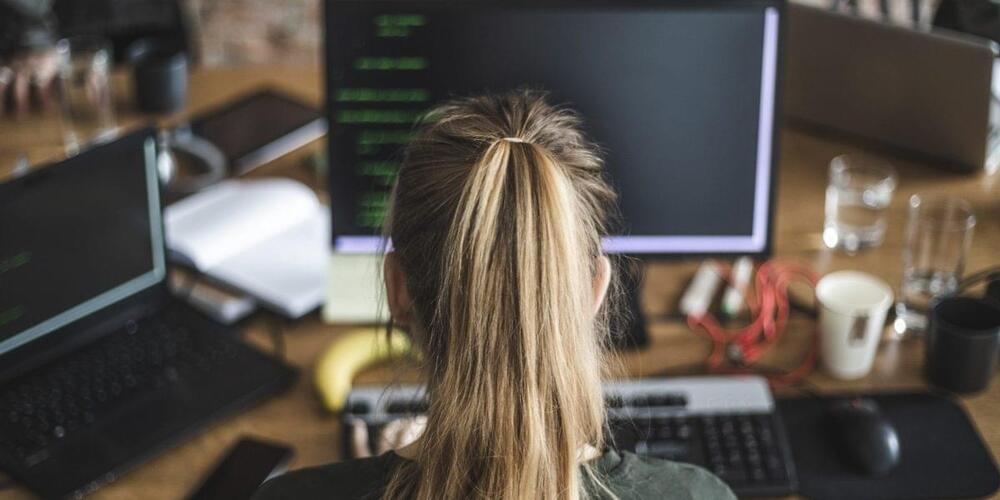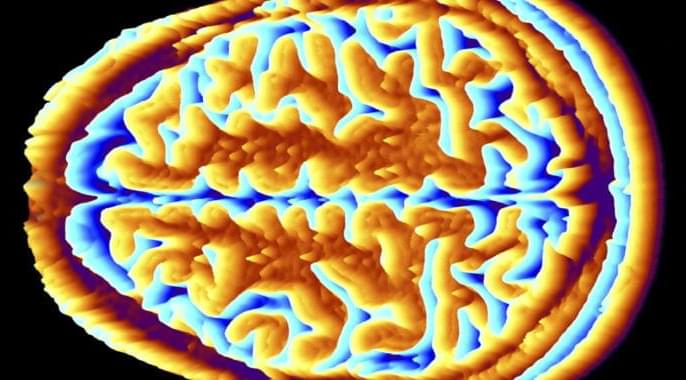Georgia Tech.
This is according to a press release by the institution published on Friday.

A fast-food chain struggling to hire staff is using AI to help fill the gaps at the drive-thru.
For more Local News from KPHO: https://www.azfamily.com/
For more YouTube Content: https://www.youtube.com/channel/UCIrgpHvUm1FMtv-C1xwkJtw

The Code Interpreter is probably the most interesting ChatGPT plugin of OpenAI and opens up completely new capabilities for the Chatbot.
At the end of March, OpenAI introduced a groundbreaking new feature for ChatGPT: Plugins. One of them is a so-called Code Interpreter. With it, the language model can not only generate code, but also execute it independently.
As with Auto-GPT, the busy developer community has found exciting use cases for this technology in a very short time. Especially for data journalism and similar data-based analysis, the tool seems to open up completely new possibilities. This is also due to the possibility of uploading and downloading files up to 100 MB in size.

And it would be hilarious too.
Google has been warned by one of its engineers that the company is not in a position to win the artificial intelligence race and could lose out to commonly available AI technology.
A document from a Google engineer leaked online said the company had done “a lot of looking over our shoulders at OpenAI”, referring to the developer of the ChatGPT chatbot.
Tesla Full Self-Driving Beta 11.3.6 takes me to a randomly generated point on the map with zero human input required. A lot of people don’t realize this is possible today.

Researchers have created atomically thin artificial neurons capable of processing both light and electric signals for computing. The material enables the simultaneous existence of separate feedforward and feedback paths within a neural network, boosting the ability to solve complex problems.
For decades, scientists have been investigating how to recreate the versatile computational capabilities of biological neurons to develop faster and more energy-efficient machine learning systems. One promising approach involves the use of memristors: electronic components capable of storing a value by modifying their conductance and then utilizing that value for in-memory processing.
However, a key challenge to replicating the complex processes of biological neurons and brains using memristors has been the difficulty in integrating both feedforward and feedback neuronal signals. These mechanisms underpin our cognitive ability to learn complex tasks, using rewards and errors.

Despite people in the role raking in six-figure salaries, potential employers often welcome candidates who don’t come from a tech background or have any coding skills. As Tesla’s former head of A.I. Andrei Kaparthy put it: “The hottest new programming language is English.”
The shift in the tech careers landscape comes amid a heated race for the top spot in the A.I. market, which intensified in recent months after OpenAI’s ChatGPT was labeled a game changer.
Google moved to launch Bard, its chatbot competitor, soon after Microsoft revealed Bing was being revamped to incorporate ChatGPT, in which the tech giant is investing $10 billion. Tesla has joined the race with its Tesla Bot, and Chinese search engine giant Baidu is developing its own version, called Ernie Bot.
Prompt engineer postings at the time of writing range from contracted remote work for $200 an hour to full-time positions paying up to $335,000.

“A human brain model can simulate an experiment a million times for many different conditions, but the actual human experiment can be performed only once or a few times,” said Viktor Jirsa, a professor at Aix-Marseille University.
Responding to such critiques, the HBP worked to restructure the effort in its early days with new leadership, organization, and goals that were more flexible and attainable. “The HBP got a more versatile, pluralistic approach,” said Viktor Jirsa, a professor at Aix-Marseille University and one of the HBP lead scientists. He believes that these changes fixed at least some of HBP’s issues. “The project has been on a very productive and scientifically fruitful course since then.”
After restructuring, the HBP became a European hub on brain research, with hundreds of scientists joining its growing network. The HBP created projects focused on various brain topics, from consciousness to neurodegenerative diseases. HBP scientists worked on complex subjects, such as mapping out the brain, combining neuroscience and robotics, and experimenting with neuromorphic computing, a computational technique inspired by the human brain structure and function—to name just a few.

We have various ways of seeing what the brain is up to, from low-resolution electrodes that track waves of activity that ripple across the brain, to implanted electrodes that can follow the activity of individual cells. Combined with a detailed knowledge of which regions of the brain are involved in specific processes, we’ve been able to do remarkable things, such as using functional MRI (fMRI) to determine what letter a person was looking at or an implant to control a robotic arm.
But today, researchers announced a new bit of mind reading that’s impressive in its scope. By combining fMRI brain imaging with a system that’s somewhat like the predictive text of cell phones, they’ve worked out the gist of the sentences a person is hearing in near real time. While the system doesn’t get the exact words right and makes a fair number of mistakes, it’s also flexible enough that it can reconstruct an imaginary monologue that goes on entirely within someone’s head.

NeaChat is an AI-powered chatbot developed based on ChatGPT, serving users in various industries such as education, research, finance, healthcare, and law.
Wuhan, China, May 6, 2023 (GLOBE NEWSWIRE) — The NeaChat team is honored to announce that it has obtained access to OpenAI’s latest generation of artificial intelligence language model GPT-4, becoming one of the first teams in China to obtain authorized access to GPT-4 is a powerful AI model with excellent natural language understanding and generation capabilities, with significant improvements in functionality and performance over its predecessor, GPT-3.5.
The core advantages of GPT-4 lie in its vast knowledge base, efficient problem-solving capabilities, natural language generation, and wide range of applications. We believe that the introduction of GPT-4 will bring a richer and more intelligent experience to NeaChat users.